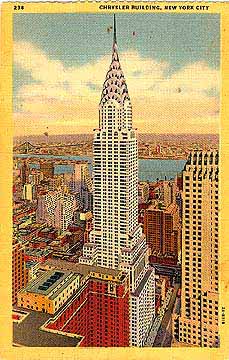In the 1920s New York took its place as the most powerful city in the world. And the music of the moment was jazz.
The music, the architecture and the industry of the city all shimmered with the same "white heat." Manhattan bristled with new media-based business. In the 1920s New York was the birthplace of broadcasting, the recording industry, publishing and advertising.
The pace was intense. Talk was fast and music was hot. And if you had it, you had it all—sex appeal, street smarts, edge.
Everything seemed to be happening in New York and everyone wanted to be there. The city was a magnet for poets and musicians, entrepreneurs and intellectuals. Langston Hughes, Albert Einstein, Duke Ellington, George Gershwin, Jerome Kern, and F. Scott Fitzgerald all lived and worked in New York in the 20s.
And if you couldn't live there yourself, you took your cue about how to live, look and talk, from those that did.
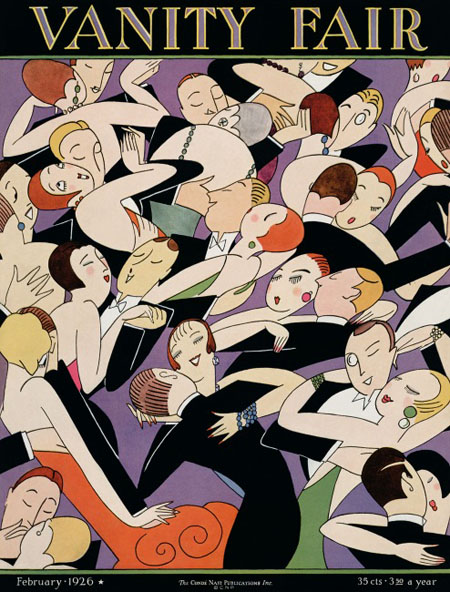
Vanity Fair magazine cover, 1926. Image courtesy unboundmedia.com.
For Manhattan it was a decade of firsts. The first wireless telephone call was made from New York to London. Yankee Stadium opened its doors to baseball fans. The Manhattan skyline got a facelift with the distinctive art deco look of the Chrysler Building. Automobiles streamed through the brand-new Holland Tunnel.
Printing presses churned out a new kind of magazine first created and published in New York in the 20s. They were slick, glossy, trend setting magazines like Vanity Fair, Smart Set and The New Yorker. They promoted an image of an idealized Manhattan lifestyle—pure sophistication, wit and elegance.
Many of the writers for these magazines got their start in the new world of advertising. Even New Yorker prima donna Dorothy Parker wrote ad copy before taking her place at the head of the Algonquin Round Table. Her wittiest ad campaign used the slogan, "Brevity is the soul of lingerie."
Shuffle Along was the cutting edge show of 1921. Created by Eubie Blake and Noble Sissle, it was the first black Broadway revue to break through to a mainstream audience. The show's fresh, new combination of ragtime, operetta and black vaudeville impressed the critics and wowed audiences who came to watch—and learn—an exciting new kind of jazz dancing that had never before been seen on the legitimate stage.
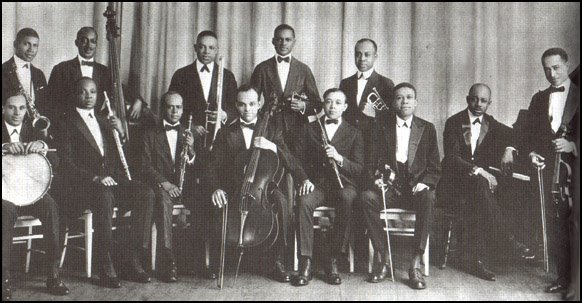
Eubie Blake and his Shuffle Along Orchestra, 1921. Photo courtesy of the Red Hot Jazz Archive.
Shuffle Along broke racial taboos when it introduced a serious romantic love scene between a black couple for the first time in theater history. Noble Sissle said they were afraid they'd be booed off the stage after the song "Love Will Find a Way." Instead the song stopped the show with demands for an encore.
A short cab ride away, at the New Amsterdam Theater, tickets were sold out three months in advance for Jerome Kern's show Sally, which had the biggest payday in box office history.
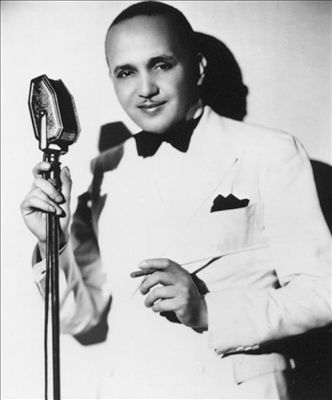
Bandleader Fletcher Henderson. Image courtesy wikimedia.
NBC and CBS initiated the first network radio broadcasts from New York headquarters. In 1920 New Yorker David Sarnoff wrote a 28-page proposal suggesting the "Sales of a Radio Music Box for Entertainment Purposes." This led RCA into licensing patents with AT&T and Westinghouse. By the end of the decade New York was the center for radio broadcasting and the record industry.
Jazz musicians like Benny Carter stayed busy playing for live radio broadcasts and studio sessions for phonograph records in Manhattan.
Fletcher Henderson was a force in New York City. His orchestra set the standard for a sophisticated style of dance music that defined New York Jazz in the 20s.
Louis Armstrong made his New York debut in 1924 with Henderson's Orchestra at the Roseland Ballroom at 51st and Broadway, where they were turning away crowds of eager dancers every night.
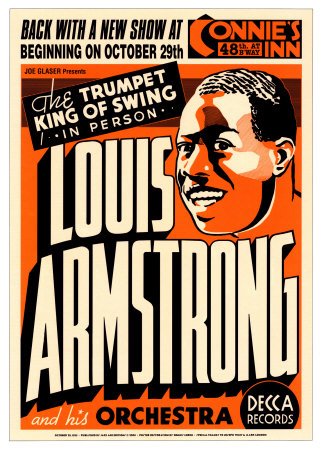
Connie's Inn poster featuring Louis Armstrong. Image courtesy boweryboyshistory.com.
Down the street at the Cinderella Ballroom, Bix Beiderbecke, who had just turned 21, was making his sensational New York debut with his band the Wolverines. Bix went on to join the Goldkette Orchestra and made a series of important recordings in New York.
Louis Armstrong didn't stay long in town. He went home to Chicago to build his reputation. By 1929 he was back in the Big Apple, a star soloist spotlighted in the orchestra pit in Fats Waller's newest show at Connie's Inn, Hot Chocolates.
New Yorker George Gershwin captured the pace of Manhattan in his music. He influenced, and was influenced by, everyone making music in the city. You can hear the threads of jazz, stride, blues, boogie and tin pan alley in the tapestry of his compositions.
Photo credit for Home Page: Benny Carter. Photo courtesy bennycarter.com.
Text based on Riverwalk Jazz script by Margaret Moos Pick ©2002


